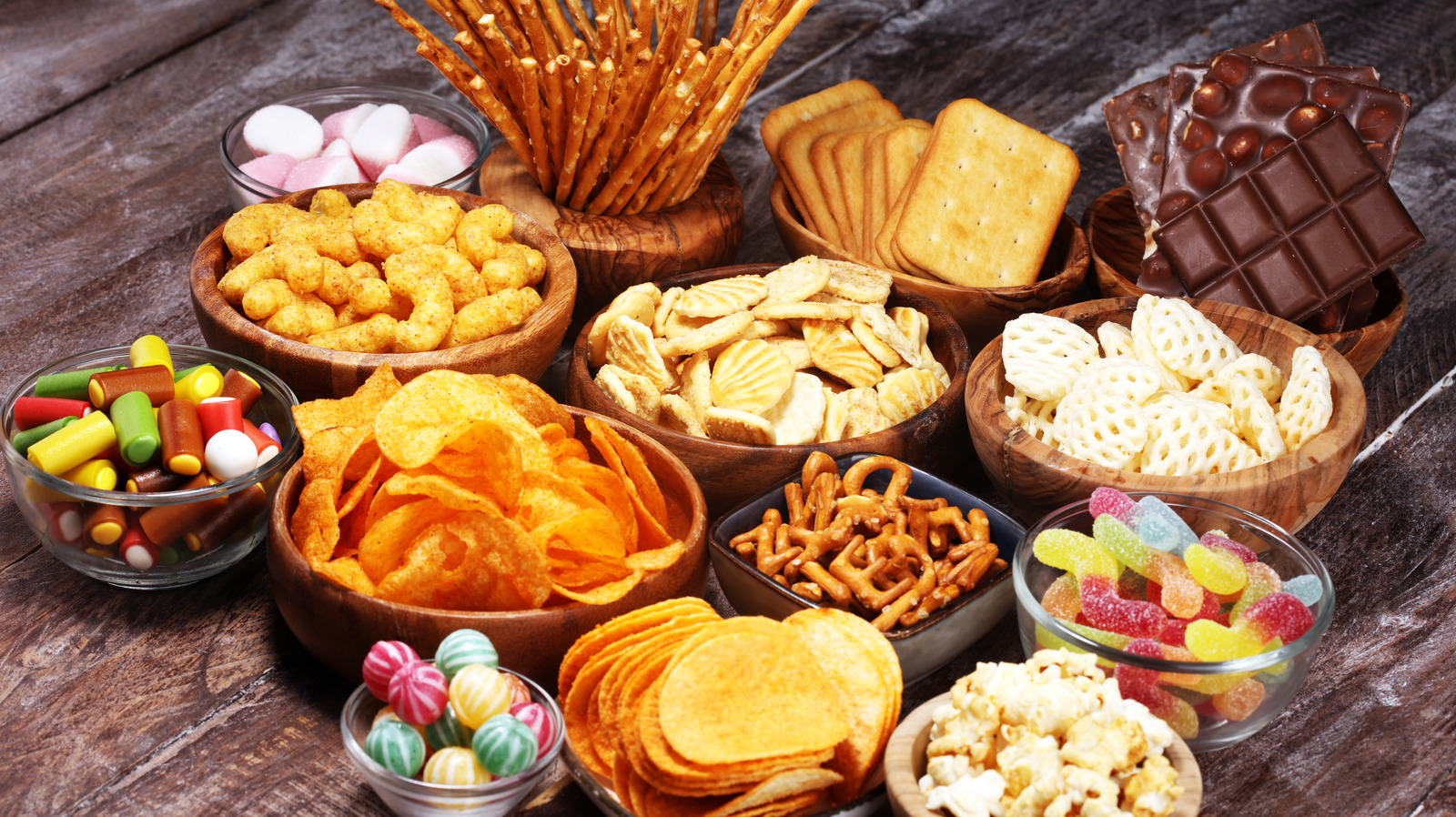There’s something intrinsically comforting about snacking. Across different cultures and periods, snack foods have been the universal go-to for quick sustenance or indulgent cravings. Similar to how drinks like Pepsi have crafted a legacy of timeless allure, the world of snack foods is rich with historical landmarks and contemporary innovations. This comprehensive guide aims to trace the origins and development of snack foods through different eras, offering a deeper appreciation of your favorite nibbles.
Part 1: The Dawn Of Snacking
Foraging Beginnings
During the time period in which prehistoric people lived, the concept of a “meal” did not exist in the same way that we understand it today. When our ancestors lived their lives as hunters and gatherers, they were accustomed to eating fruit, nuts, and even small animals throughout the day as snacks.
This was part of their normal diet. The practice of scavenging for food, which was part of this way of life, was a significant contributor to the evolution of the concept of snacking.
Ancient Civilizations: The First Delicacies
The methods that were utilized in the kitchen evolved together with the advancement of civilizations. Although the Egyptians, Greeks, and Romans are credited with being the first civilizations to develop the idea of organized meals, each of these cultures also liked snacking in between their meals. Typical examples of acceptable snacks are flatbreads of varying types, olives, and fruits such as figs.
Asian Influence: Rice And Tea Snacks
Rice cakes and other little tea snacks take the stage in traditional Chinese and Japanese culture. These munchies were frequently associated with ceremonies and customs, which served to further social contact and bonding among individuals.
Part 2: Medieval To Renaissance Era
Growth Of Trade And Exotic Snacks
The development of trade channels resulted in the introduction of a wide variety of unusual flavours and snack options. Spices like cinnamon and fruits like oranges were brought to Europe by way of the maritime trade routes and the Silk Road, respectively, which contributed to the diversification of snack options.
Cheeses And Pastries: A European Love Affair
During the medieval and Renaissance periods, cheese production reached unprecedented levels of success. The many varieties of cheese that were produced in various areas quickly became widespread snack options.
At the same time, pastries that had both sweet and savoury ingredients rose in popularity as an item to serve at feasts.
Part 3: The Colonial Era
New World, New Flavors
The exploration of the New World resulted in a fascinating trade of foods, including a variety of different kinds of snacks. In recent years, consumers in European markets have shown a growing preference for snacks made from maize, such as popcorn and chocolate.
Coffeehouses And Snacks
A new culture of snacking came into existence as a result of the proliferation of coffeehouses in the 17th century, particularly in England. As time went on, biscuits and pastries evolved into the ideal complements to beverages like coffee and tea.
Part 4: Industrial Revolution And Mass Production
Packaged Snacks: Convenience In A Wrapper
Snacks went from being predominantly homemade to being mass-produced in factories during the era of the industrial revolution. The industrial age was characterized by a more hectic way of living, therefore manufacturers began packaging snacks like cookies, crackers, and a variety of candies in more user-friendly ways.
The Golden Age Of Snack Foods
Brands started becoming household names, and marketing played a significant role in snack choice, just like how Pepsi built a timeless brand through innovation.
Part 5: Modern-Day Snacking
Healthy Snacking: A Wellness Movement
The emphasis placed on health and fitness in the 21st century has led to the development of a wide variety of nutritious snacks. These include everything from organic fruit bars to protein-rich nuts and seeds.
Fusion Flavors And Gourmet Experiences
The market for snack foods in today’s world is an eclectic blend of flavours and cultural traditions. Our globalized taste preferences are reflected in the rise of fusion cuisine such as sushi burritos and chips flavoured with curry.
Branding And Nostalgia
Many companies have begun bringing back fan favourites by capitalizing on consumers’ feelings of nostalgia. The market for snack foods benefits from an additional element of excitement and exclusivity because to limited edition launches and collaborations.
Conclusion: The Snacking Saga Continues
The history of snack foods is an incredible journey through time, place, and culture. From ancient foraging habits to futuristic gourmet experiences, snacks have always been a cornerstone of our daily life. The innovations and shifts we observe in snack foods are a testament to our ever-evolving culinary landscape, paralleling the journey of iconic brands like Pepsi, which you can delve deeper into here.
For more fascinating explorations into the history and evolution of everyday items, continue browsing through Informative Junction, your hub for engaging and in-depth content. While you’re munching on your go-to snacks, keep in mind that each mouthful is a little piece of history, a flavour from a different culture, or a testimony to the most recent advances in culinary technology.
The world of snack foods is as abundant and varied as our history, and it continues to develop and alter in ways that continue to excite and surprise us in new and different ways.
















